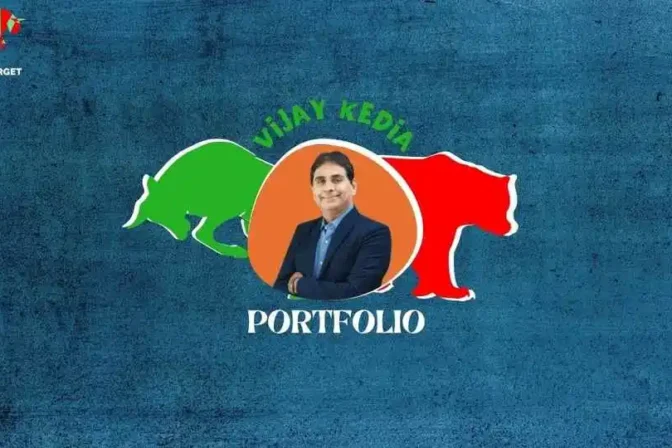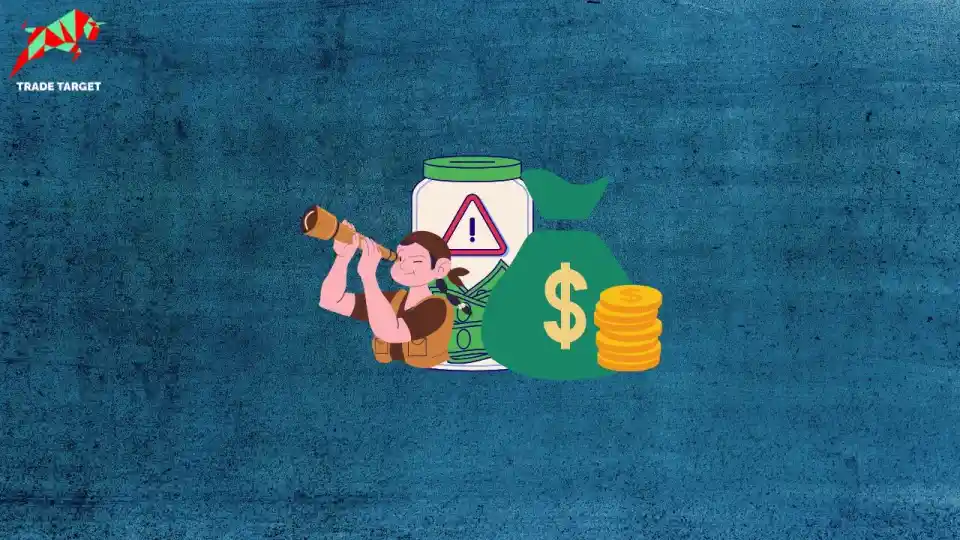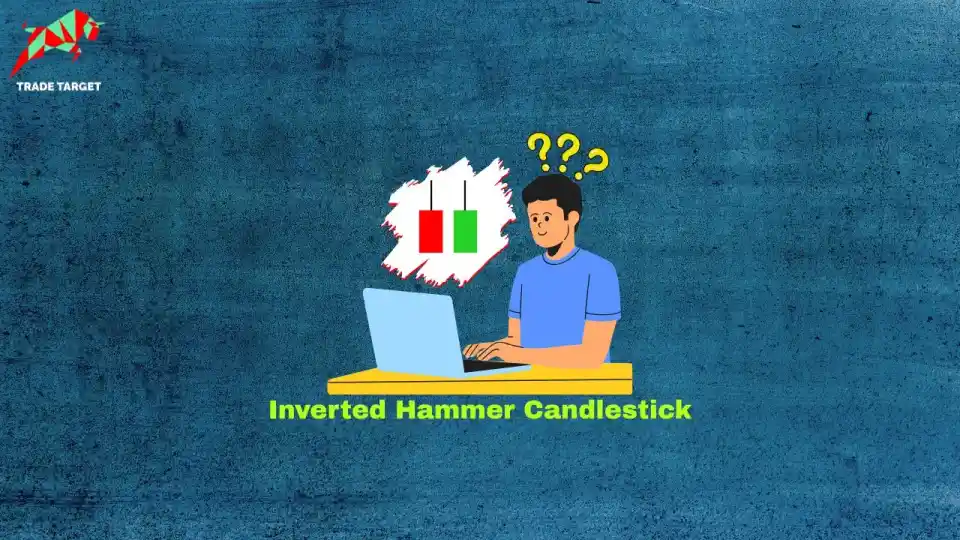Subscribe for real-time financial insights on Trade Target’s WhatsApp Channels
For centuries, gold and silver have represented wealth, power and security across civilisations. Yet even today, many myths about investing in silver and these precious metals. Some people see them as outdated or believe they’re only for the rich. Others think silver is just poor man’s gold, volatile and unreliable.
The truth is, silver is far more than that. It’s a modern, versatile asset with real demand from industries like solar energy, electric vehicles and electronics. In 2025 alone, silver delivered returns of around 43%, even after a short post Diwali correction.
Whether you invest in physical silver or through silver ETFs, understanding the facts can help you make smarter choices. In this blog, we’ll bust five common myths about investing in silver and show why this shining metal deserves a place in a balanced portfolio.
This belief is outdated and no longer holds in today’s market. Silver is not a cheaper version of gold, it is a distinct asset class with its own investment and industrial importance. Unlike gold, whose value primarily comes from its monetary and emotional appeal, silver plays an important role in fulfilling various industrie’s demand.
Nearly 60% of global silver demand originates from industrial applications such as renewable energy, solar panels, electric vehicles and semiconductor production.
Even after the post Diwali 2025 correction, silver has delivered 43% YTD return. It has become a key driver in the industrial metals space, reflecting the world’s shift toward clean energy and advanced technologies. So, silver isn’t the “poor man’s gold.” It’s an investor’s industrial metal.
It’s true that silver can see sharp price swings, but the same volatility creates opportunities rather than only risk. Between October 2023 and October 2025, silver prices in India jumped from around ₹74,000–78,000 per kg to nearly ₹1.90 lakh per kg, a rally of about 150%.
Silver is “too volatile” is more myth than fact, because over the long term, silver has shown price movements similar to Indian equities. According to reports covering 1990 to 2024, silver’s annual volatility averaged around 26.6% almost identical to 26.8% seen in the broader Indian stock market.
Despite fluctuations, silver offers stability, inflation protection and low correlation with traditional assets, making it a smart long term diversifier.
This was true years ago, but today, investing in silver has become one of the easiest ways to diversify your portfolio. Due to digital tools and modern investing platforms, anyone can buy and sell silver with just a few clicks.
Silver ETFs have changed the game. You can invest in silver ETF directly through your demat account, each representing physical silver safely stored in SEBI-regulated vaults. That means no worries about purity checks, storage space or security issues. You can even start with small amounts as low as ₹500.
For those who still prefer owning silver in its physical form, coins, bars and jewellery are easily available through banks, jewellers and certified dealers. These items can be sold quickly to local coin shops or even online platforms, many of which offer instant payments.
Digital transformation has also made it simpler to monitor silver prices, compare rates and liquidate holdings when required.
A common misconception is that silver performs only in times of economic turmoil, like gold. But the reality in 2025 tells a different story. Silver prices climbed almost 80% even during a moderate inflation and healthy industrial growth, representing its value extends far beyond crisis driven demand.
Silver stands apart because it’s not just a precious metal, it’s also an essential industrial resource. Nearly 60% of global silver consumption comes from growing sectors such as solar energy, electric vehicles, 5G networks and medical technology. This industrial link means silver’s price is supported by real world progress, not just financial uncertainty.
Even if inflation eases, long term demand for silver remains solid because industries driving the global energy transition and digital revolution rely on it. For investors, this dual role as both a safe haven asset and a growth linked commodity makes silver a smart choice for long term wealth building.
As cryptocurrencies, derivatives and other high tech financial instruments make headlines, many assume gold and silver have lost their relevance. But the truth is, precious metals continue to hold an important place in global portfolios and economic systems.
Gold and silver remain the most trusted stores of value. They act as hedges against inflation, market instability and currency devaluation. History shows how they have consistently outperformed during turbulent times, such as 1970s, 2008 financial crisis and pandemic driven downturn in 2020, when most other investments struggled.
Beyond their monetary appeal, both metals play critical roles in modern industries. Silver is in solar panels, electric vehicles, electronics and medical devices, while gold is used in technology, aerospace and healthcare innovation.
Even today, Central banks continue to expand their reserves, countries like Russia and Saudi Arabia. Saudi Arabia is investing funds like iShares Silver Trust (SLV) and Global X Silver Miners ETF (SIL). United States has also added silver to its official list of critical minerals.
That’s not true. Even small investments in gold or silver can strengthen your portfolio. These metals help diversify your investments, reduce risk and protect against inflation, even if you only hold a small portion.
Experts suggest keeping 5–10% of your total wealth in precious metals. In past crises, like 2008 and 2020, portfolios with even a small share of gold performed better because gold prices rose while other assets declined.
You also don’t need a large budget to start, you can begin with fractional gold coins, small silver bars or invest through gold and silver ETFs, gradually building your holdings over time.
Final Words
Silver is much more than just a cheaper alternative to gold, it’s an investment that combines growth, diversification and protection against inflation. Whether you invest in physical silver or silver ETFs, it can play a valuable role in a balanced portfolio.
The key is to look beyond common myths and focus on long term fundamentals, rising industrial demand, global supply deficits and innovation in silver backed investment products. By understanding these common myths of silver, you can make confident, informed decisions and use silver as a future ready asset in your investment strategy.
FAQs on Silver Investment
Are silver ETFs a good substitute for physical silver?
Yes. Silver ETFs are backed by 99.9% pure, LBMA-certified silver stored in regulated vaults, offering investors price exposure with none of the storage or security concerns.
Why consider silver ETFs in 2025?
Silver ETFs have emerged as the preferred vehicle for retail investors due to high liquidity, reliability and affordability. In 2025, some Indian silver ETFs posted returns up to 86%.
What’s the ideal silver allocation in a diverse portfolio?
Experts suggest keeping 5–10% of your portfolio in silver & gold.
Is silver a good inflation hedge?
Yes. Silver’s price rises during inflationary periods and its industrial uses add extra resilience versus other hedges.
What are the main risks of investing in silver?
While silver offers long term growth, it is also more volatile than gold. Investors should be prepared for price swings and consider phased purchasing.
How is silver’s value different from gold?
Gold is anchored by jewelry demand and central bank holdings, while over half of global silver demand comes from industrial applications like EV production, solar panels and other high tech uses.
Can silver outperform gold in the future?
With industrial demand surging and supply remaining tight, silver is widely expected to outpace gold returns over the medium term, especially as green technologies expand.
Happy investing and thank you for reading!
Disclaimer:
This website content is only for educational purposes, not investment advice. Before making any investment, it’s important to do your own research and be fully informed. Investing in the stock market includes risks, and you should carefully read the Risk Disclosure documents before proceeding. Please remember that past performance doesn’t guarantee future results, and due to market fluctuations, your investment goals may not always be achieved.
Share via:












